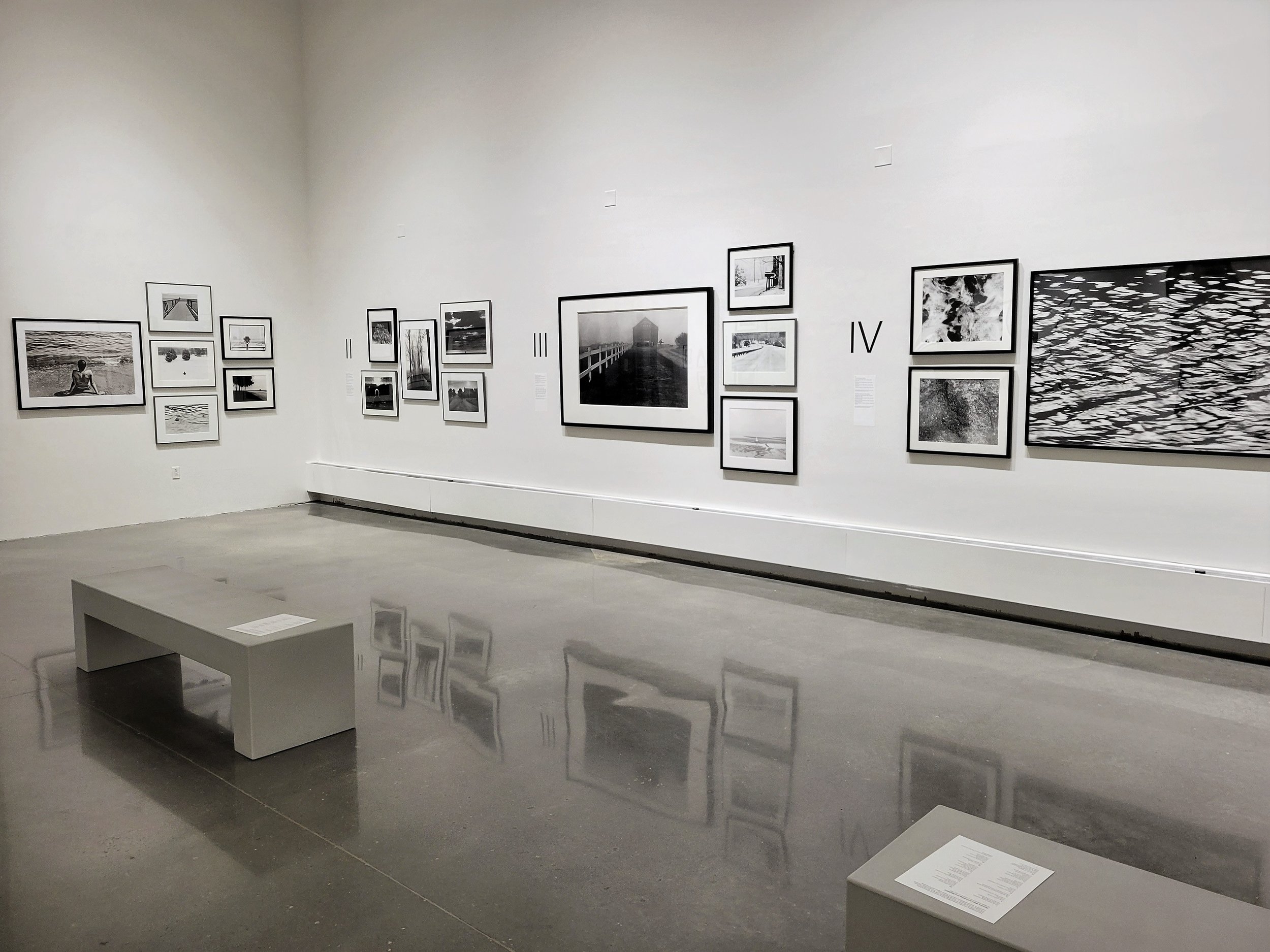13 Ways of Looking at Landscape: Larry Silver's Connecticut Photographs
Curated by Leslie K. Brownt
Fairfield University Art Museum, March 25 - June 18, 2022
Curated by Leslie K. Brown, PhD, 13 Ways of Looking at Landscape: Larry Silver's Connecticut Photographs is the largest solo show of Silver's work to date and is on display the Fairfield University Art Museum through June 18th. The exhibition features over 80 photographs, ranging from Silver's early and large-scale work to more recent darkroom experimentations and many never-seen-before pieces.
Perhaps best known for his association with New York's Photo League, Larry Silver has been photographing his regional environs since he moved from the Bronx, NY to Westport, CT in 1973. This exhibition brings together over 40 years of Silver's work made of and in Connecticut and considers how he continues to push the boundaries of what landscape and looking are.
The first part of the show's title is a nod to poet Wallace Stevens, who also called Connecticut his home for decades and explored issues of place and perception, specifically his poem "Thirteen Ways of Looking at a Blackbird." The gallery layout echoes Stevens’ iconic poem and is installed in 13 clusters, akin to what the poet called "sensations" and serve as the visual and thematic equivalents of stanzas. Each grouping of Silver’s photographs gathers work across several of his series and reflects upon varying aspects of his aesthetic strategies and themes, while offering the audience a unique viewing and spatial experience. These multifaceted, but still focused, leitmotifs showcase Silver's work from several areas of the state and feature different kinds of “-scapes” — fitting given Fairfield University’s location and setting.
Accompanying the gallery showing is a bilingual, color 48-page printed catalog, which includes a curator essay, an interview with the photographer, a checklist, and almost 40 reproductions. You can find more information about visiting the museum's Walsh Gallery at the Quick Center for the Arts, along with the catalog via Issu, selected images and press, a video tour, recordings of programs, and more.

